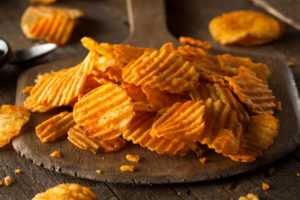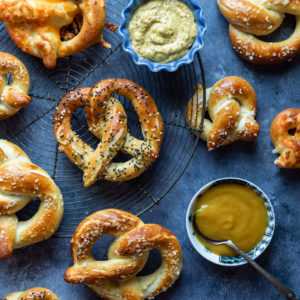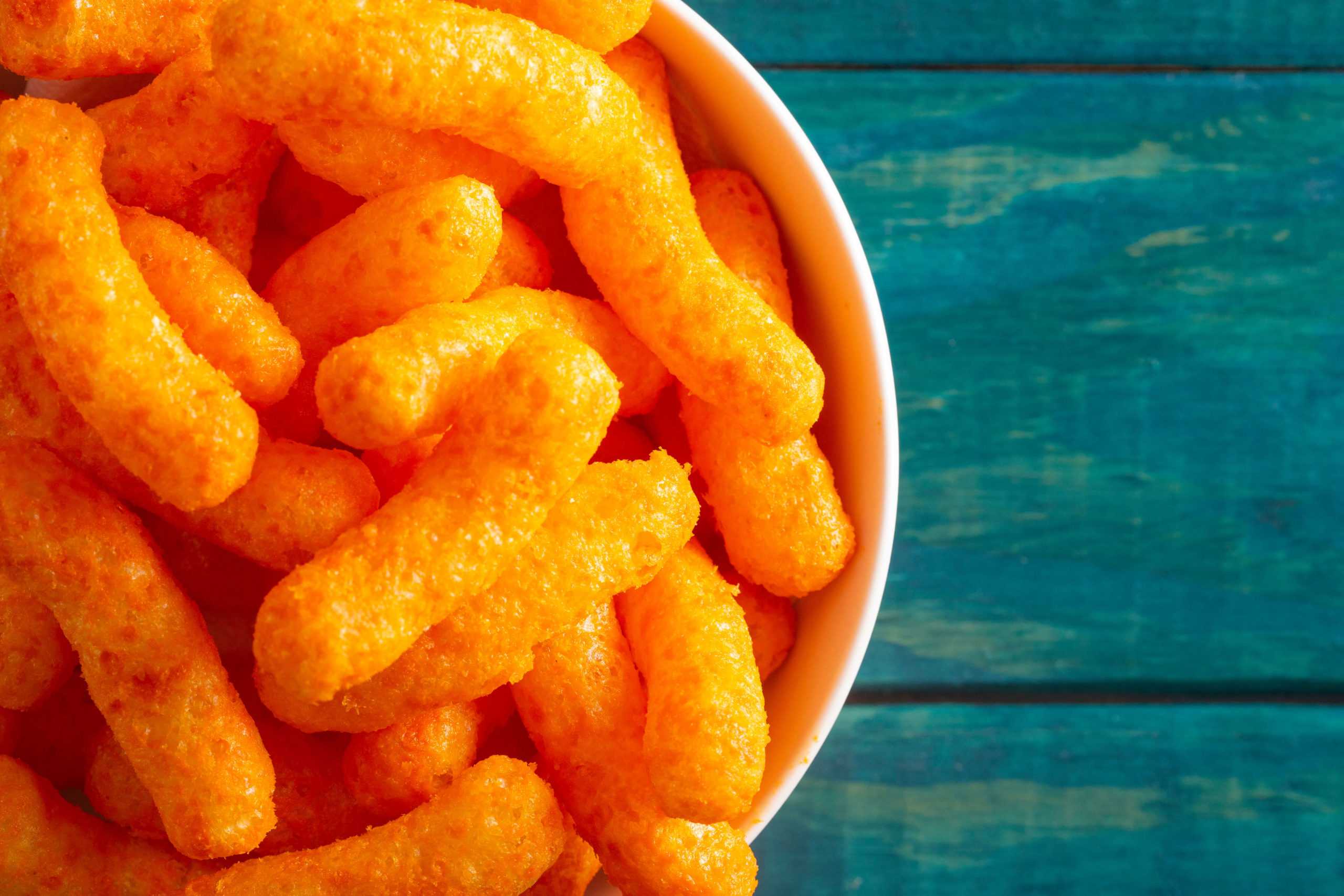How is a pretzel seasoning different than a potato chip seasoning? Why are snack seasonings applied at different rates? For many reasons, different snack bases require different considerations when formulating seasonings. In this blog, culinologist Brian Duffy breaks it down for you and explains how formulation can differ depending on the base.
Over the years, many new snacks featuring different bases have been introduced to the market, and more are being developed each day. The snack aisle is more diverse than ever. Some common snack bases we see on the market include crackers, cookies, chips, puffs, pretzels, and health foods. Each of these snacks use a seasoning to drive flavor, but those seasonings must be crafted specifically for the application process of each base.
Crackers and cookies are usually more dense than other snacks with a strong flavor of their own. Usually, seasoning is applied topically onto a product like this from 2-5%. This is a lower usage level from a coverage standpoint, and therefore, the seasoning must be heavily concentrated in flavoring ingredients such as salt, spices, flavors and extracts. In addition, higher granulation materials can be used for visual effect such as granulated salts, sugars, and spices. This can help drive flavor perception through visual aids.

Puffs are also a very common snack base in which seasonings are typically applied in an oil slurry that has been sprayed onto the base. This oil slurry is usually in a 60:40 ratio oil to seasoning. This is a key point that a seasoning must be built towards. Ingredients should favor powdered ingredients. This will allow the seasoning to be evenly dispersed throughout the oil, limit separation, and avoid clogging the sprayer. In addition, flavors should be oil soluble to ensure that the slurry maintains a homogeneous mixture during course the spray.

While all of these types of products require a different application method that demands different formulation tactics, clean label products often require more expertise to overcome flavor challenges. It is commonplace now to have snacks developed for the health food space. Often times, especially in the case of high protein bases, off flavors can be present as a result of the alternative material being used as the base such as whey protein, pea, and soy protein. When formulating for these snacks, it is important to pack the seasoning full of flavor to overcome these off notes. This can be done through higher levels of flavor and spices, but also, through new technology from flavor suppliers; flavor maskers and blockers. Flavor maskers and blockers are a newer technology developed by flavor houses that are intended to occupy the taste receptor for common off notes, and let the other flavoring ingredients in a seasoning shine.
Snacks make up such a broad category that is showing innovation every day. Understanding each base and their specific requirements makes Fuchs a great partner across the category. Fuchs North America has established itself as an industry leader in snack seasonings for all applications and is committed to working as a partner with all of our customers to tailor each seasoning to their specific needs. If you have a new snack project and are in need of a flavor packed seasoning, our R&D experts are here to help.
Got a formulation question or a seasoning challenge? Contact us today to get innovating!



 For more information about Fuchs North America's products and programs that support food manufacturers in their product development needs, please
For more information about Fuchs North America's products and programs that support food manufacturers in their product development needs, please